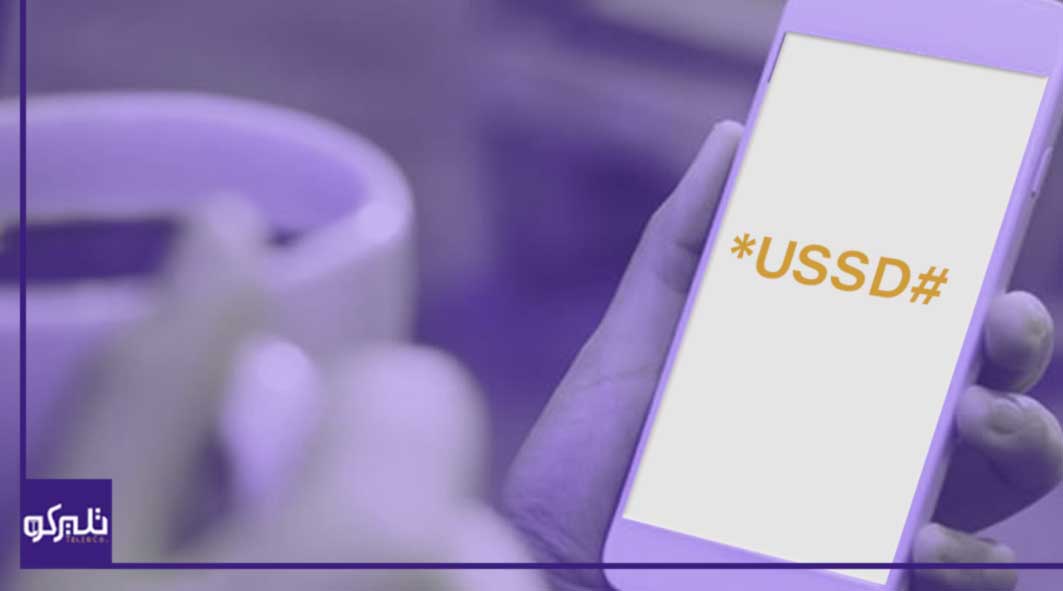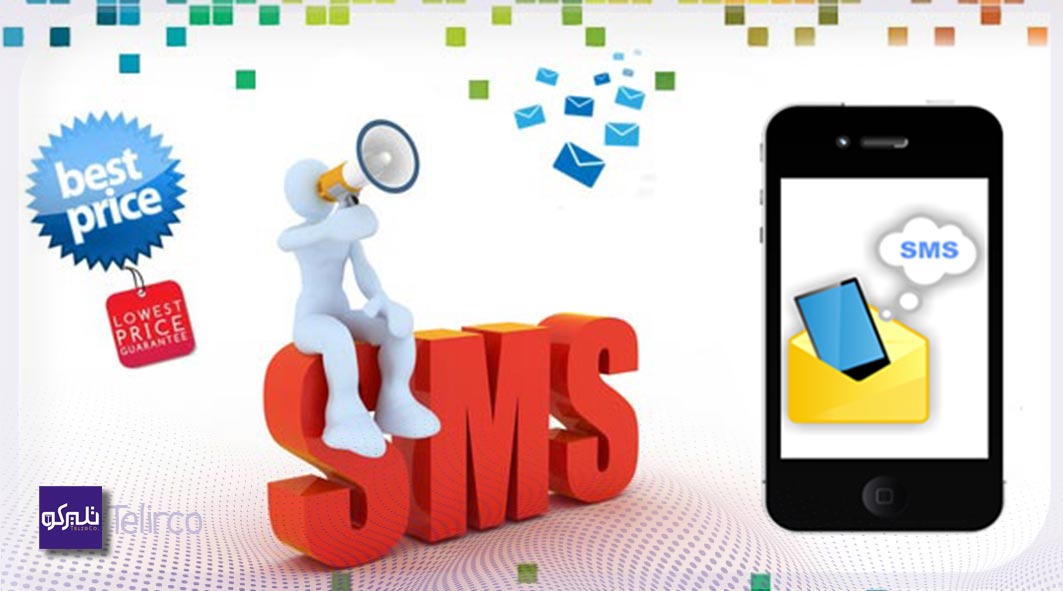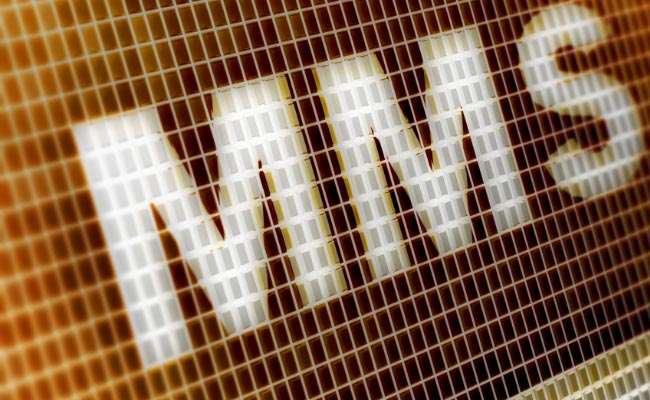Unraveling the World of Mobile Communication
In the fast-paced digital age, mobile communication is the lifeline that connects us all. From sending quick text messages to sharing rich multimedia content, our smartphones have become indispensable tools for staying connected. However, within the realm of mobile communication, various technologies exist, each with its unique capabilities and use cases. In this article, we will explore the differences between USSD, SMS, and MMS, shedding light on their functionalities and how they play distinct roles in the world of mobile communication.
The Difference Between USSD, SMS, and MMS

USSD: Unstructured Supplementary Service Data
Unstructured Supplementary Service Data, commonly known as USSD, is a text-based communication protocol that enables real-time interactions between mobile devices and a service provider’s computer.
Unlike SMS or MMS, which involve stored messages or multimedia content, USSD operates on a session-based model, allowing dynamic, interactive exchanges.
How USSD Works
USSD sessions are initiated when a user enters a specific short code, commonly known as a “USSD code,” on their mobile device. These codes typically start with asterisks (*) and end with hash (#). Once the code is entered, it triggers a real-time connection with the service provider’s system, allowing for instant interactions. USSD sessions are fast and do not require storing data on the device or utilizing mobile data. This makes USSD an excellent choice for applications that require real-time updates or when internet connectivity is limited.
Use Cases of USSD
USSD finds applications in a wide range of scenarios, including mobile banking services, balance inquiries, prepaid mobile top-ups, and interactive customer support systems. Its real-time nature makes it ideal for quick queries and instant responses, enhancing user experience and efficiency.
SMS: Short Message Service

The Power of Text
Short Message Service, commonly known as SMS or text messaging, is a fundamental and ubiquitous form of mobile communication. SMS allows users to send short text messages to one another, bypassing the need for real-time interactions like those found in USSD.
How SMS Works
When a user sends an SMS, the message is stored on the sender’s device before being transmitted to the recipient’s device through the cellular network. SMS messages can be sent to both individual recipients and groups, making it an excellent tool for personal communication as well as mass marketing campaigns.
Use Cases of SMS
SMS has an extensive range of applications, including personal messaging, marketing promotions, service notifications, and authentication purposes. Its simplicity and wide device compatibility have made SMS a preferred method of communication for businesses and individuals alike.
MMS: Multimedia Messaging Service

Beyond Text: Embracing Multimedia with MMS
Multimedia Messaging Service, or MMS, takes mobile communication to the next level by enabling the transmission of multimedia content alongside text messages. MMS allows users to send images, videos, audio clips, and even contact cards, expanding the scope of communication beyond plain text.
How MMS Works
When a user sends an MMS, the multimedia content is first uploaded to a server, and a link to the content is included in the message. When the recipient opens the MMS, their device retrieves the multimedia content from the server and displays it in the message thread.
Use Cases of MMS
MMS is widely used for sharing visual content, such as photos and videos, with friends and family. Additionally, businesses leverage MMS for marketing campaigns, product promotions, and delivering rich content to their customers.
Key Differences Between USSD, SMS, and MMS
Real-Time Interaction vs. Stored Messages
The most significant distinction between USSD and SMS/MMS lies in the nature of their interactions. USSD facilitates real-time exchanges between the user and the service provider, making it ideal for instant updates and dynamic interactions. On the other hand, SMS and MMS involve stored messages that can be read and responded to at the recipient’s convenience.
Text-Only vs. Multimedia Content
SMS is purely text-based, limiting communication to written messages. MMS, on the other hand, enhances communication by allowing the inclusion of multimedia content, such as photos, videos, and audio files. This feature-rich capability of MMS offers a more engaging and visually appealing communication experience.
Internet Dependency
USSD operates independently of internet connectivity, making it a reliable option even in areas with limited data access. In contrast, both SMS and MMS rely on cellular data or internet connectivity to transmit messages and multimedia content.
Use Case Suitability
Each form of mobile communication caters to specific use cases. USSD excels in applications requiring real-time interactions and quick updates, such as mobile banking and customer support systems. SMS is ideal for straightforward text-based communication, including personal messaging and marketing campaigns. Meanwhile, MMS shines in scenarios that demand multimedia content sharing, such as sharing photos and videos with friends or customers.
Telirco’s Commitment to Mobile Communication Excellence
As a distinguished player in the telecommunications industry, Telirco takes pride in delivering cutting-edge solutions that empower businesses and individuals alike. Our comprehensive range of services, including USSD, OTP (One-Time Password), Electronic Business Card, and the Telirco Call Center, reflects our commitment to providing top-notch communication experiences.
USSD Solutions: Real-Time Connectivity
With our USSD services, businesses can engage customers in real-time, offering seamless interactions and instant updates. Whether it’s mobile banking transactions or interactive customer support, USSD from Telirco sets the stage for efficient and dynamic communication.
OTP: A Secure Communication Tool
Our OTP (One-Time Password) solution ensures enhanced security for sensitive transactions and authentication processes. OTPs provide an additional layer of protection, safeguarding businesses and users from potential security breaches.
Electronic Business Card: Elevating Your Identity
Embrace the convenience of our Electronic Business Card service, enabling you to share essential contact details and information with just a few taps. This user-friendly and eco-friendly solution enhances your professional image and leaves a lasting impression on your contacts.
Telirco Call Center: Empowering Customer Support
As a driving force behind exceptional customer support, our Telirco Call Center equips businesses with a seamless platform to interact with customers efficiently. From managing inquiries to resolving issues, our call center solution streamlines the support process.
Conclusion: Embrace the Diversity of Mobile Communication
In conclusion, USSD, SMS, and MMS each offer a distinct set of features and use cases within the realm of mobile communication. USSD stands out with its real-time interactions, while SMS remains a timeless and reliable option for text-based communication. MMS elevates communication by incorporating multimedia content, enabling richer interactions.
As you navigate the world of mobile communication, Telirco stands ready to be your trusted partner in unlocking the full potential of these technologies. From real-time USSD sessions to the convenience of OTP, Electronic Business Card, and the Telirco Call Center, our comprehensive services cater to diverse communication needs.
Embrace the diversity of mobile communication with Telirco, and embark on a journey of seamless connections and enhanced user experiences. Reach out to us today and explore how our services can revolutionize the way you communicate!

